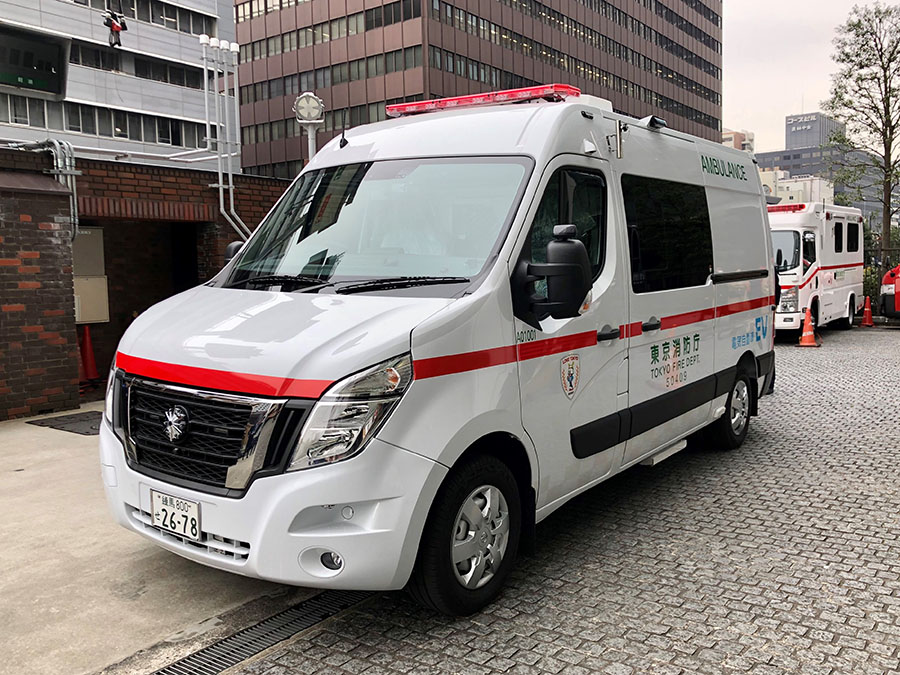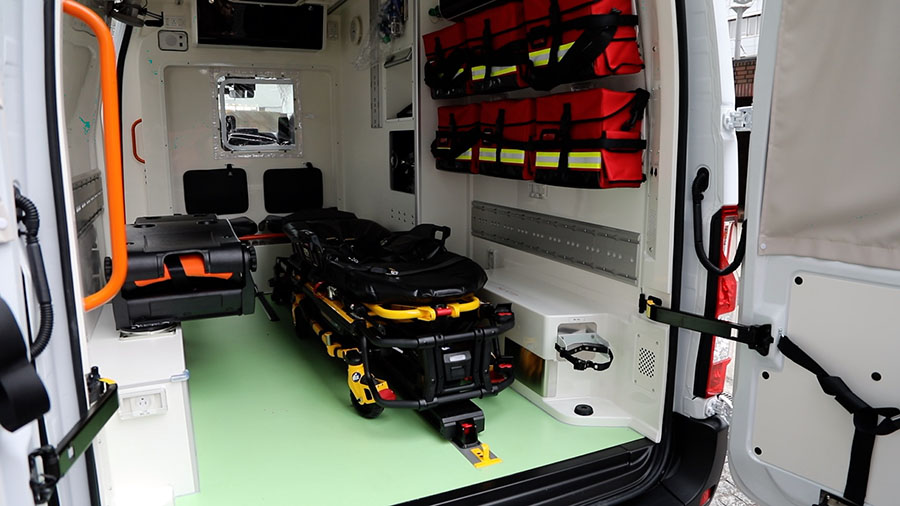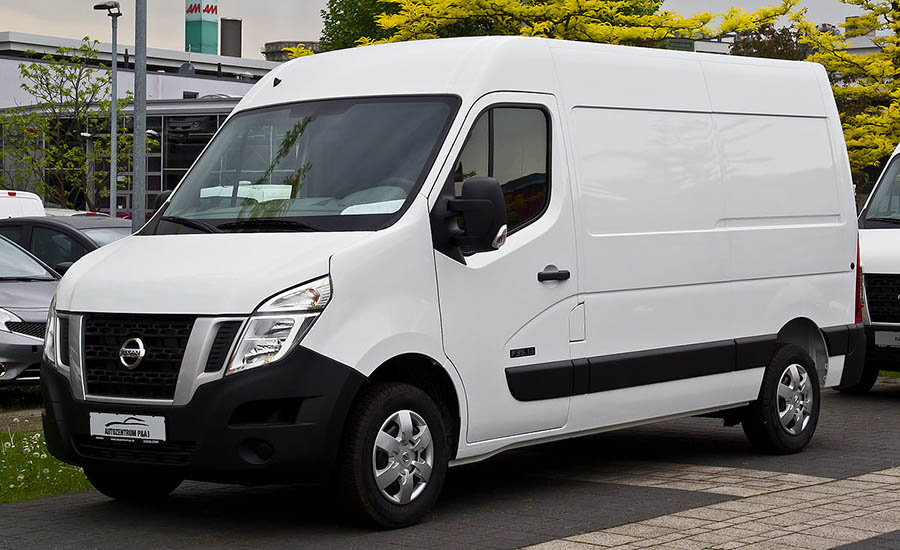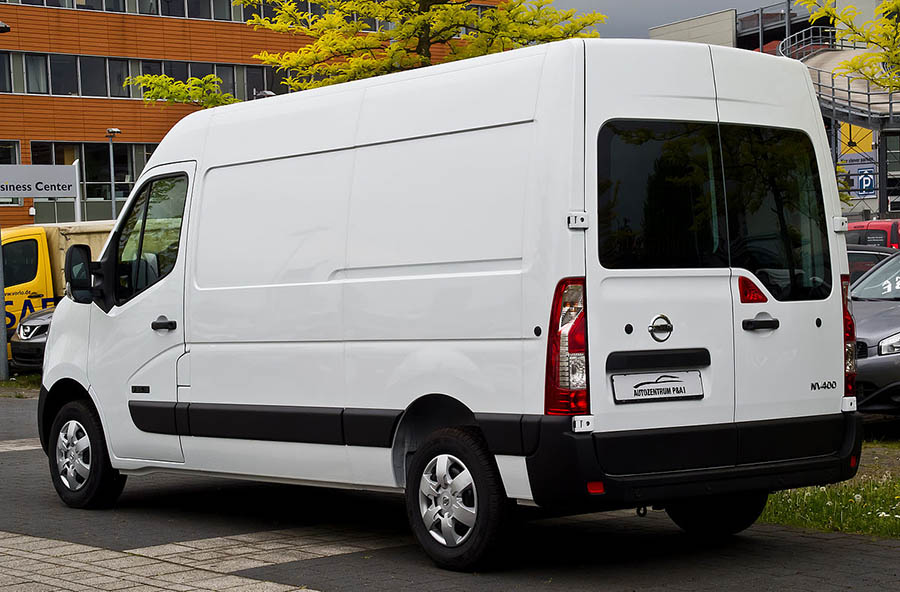Nissan Motor Co., Ltd. announced that Japan’s first Zero Emission (EV) ambulance delivered to the Tokyo Fire Department Ikebukuro Fire Station has started operation.

This vehicle was introduced to the Tokyo Fire Department as the first zero-emission (EV) ambulance as part of the “Zero Emission Tokyo” initiative promoted by Tokyo. The vehicle will be operated by the Ikebukuro Fire Department’s daytime emergency services.
“Nissan will contribute to the realization of a zero-emission, zero-fatality society through sustainable mobility. This vehicle is a great example of how environmentally friendly cars can be used more easily in local communities,“ said Ashwani Gupta, chief operating officer and chief performance officer of the company.
This vehicle is based on the “NV400”, which the company sells in Europe, and entrusts Autoworks Kyoto, which has a proven track record at Nissan Paramedic, to meet Japanese regulations and special emergency bodywork. In addition, the interior and exterior are outsourced to Gruau, a major European emergency vehicle bodywork company, to use a robust and rational emergency bodywork package.
Lower noise and vibration levels
It is more important to Nissan that thanks to the electric powertrain, the noise and vibration levels in the vehicle are significantly lower compared to a conventionally powered vehicle, which helps to reduce the negative effects on patients and staff as well as the sensitive devices.

Battery
Furthermore, since this vehicle is equipped with two lithium-ion batteries of 33kWh and 8kWh, it is possible to operate electrical equipment and air conditioners for a longer period of time, and it can also be used as a mobile power source in the event of a power outage or disaster.
145 km range, no quick charge – so what?
With a fully charged battery, the NV400, which weighs 3.5 tons as an ambulance, is 5.5 meters long, two meters wide and two and a half meters high, can do up to 145 kilometers. Although this is significantly less than the almost 200 km that Renault specifies for an empty Master ZE, it is of course more than sufficient for a district of Ikebukuro size.
The dispatchers in the responsible rescue control center should still be happy when the ambulance returns from a mission with the greatest possible remaining range, because its somewhat old battery technology from the Renault Zoe ZE (test) does not allow rapid charging. This means that the e-NV400 can be charged with a maximum of 7 kW, the secondary battery with only 1.5 kW. A full charge would take around 9 hours and 30 minutes, the more realistic 80 percent would still take 7 hours and 30 minutes.
About Nissan NV400
The Nissan NV400 is a van, the result of the Renault-Nissan business connection, as a sister model of the Renault Master and Opel Movano has been developed. The name NV400 stands for “Nissan Van”, as Nissan has been naming its commercial vehicles, such as the NV200, Pick-Up Nissan NP200 and the Truck Nissan NT400.

Since summer 2010, the NV400 has been manufactured in Batilly (Meurthe-et-Moselle) in the Société des Véhicules Automobiles de Batilly. The model is also offered as a chassis for camper vans and other bodies as well as a minibus, but not in Germany.

The wheelbase varies from 3182 mm to 4332 mm, the vehicle length from 5048 mm to 6848 mm. The width is a uniform 2070 mm; there are heights from 2307 mm to 2815 mm. The empty weight fluctuates between 1960 kg and 2321 kg.
History
The Nissan NV400 was presented to the public in September 2010 at the International Motor Show Commercial Vehicles in Hanover.
Compared to the predecessor Nissan Interstar, four length variants are now available in Germany, which can be combined with three different heights. It is powered by a 2.3-liter common rail diesel engine with an output of 74 to 107 kilowatts, coupled with a 6-speed manual transmission. The NV400 is available with front-wheel drive or rear-wheel drive. With rear-wheel drive, a permissible total weight of 4.5 tons and a trailer load of up to 3.0 tons are possible.
In addition to the panel van and minibus, a platform truck is also available with either a single or double cabin. The NV400 has a driver airbag and anti-lock braking system with brake assist as well as electronic brake force distribution as standard. In the higher equipment versions, driving dynamics control with load detection is also standard.









